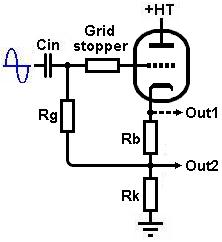Dbsoundman
TDPRI Member
Hi all, I'm contemplating building a RR 5E3MM Deluxe Micro Mod, but I would like to use the RR763 Blackvibe tone stack. It looks like it's a drop-in replacement: basically stick the Blackvibe tone stack into the Deluxe Micro between the preamp and driver, replacing the 0.1 uF blocker cap, bright switch, 1MA volume (which the Blackvibe also has), 470 pF bright cap, 1MA tone, and 0.0047 uF cap.
Is it really that simple or am I missing something?
(Note: links to the schematics are in the text above if you want to check them out yourself.)
Is it really that simple or am I missing something?
(Note: links to the schematics are in the text above if you want to check them out yourself.)

